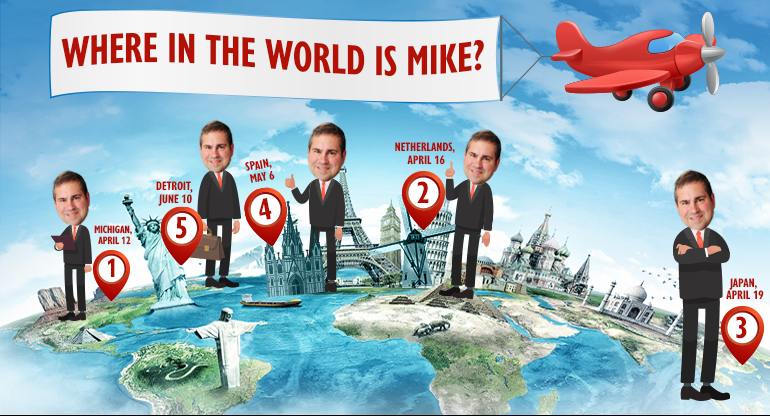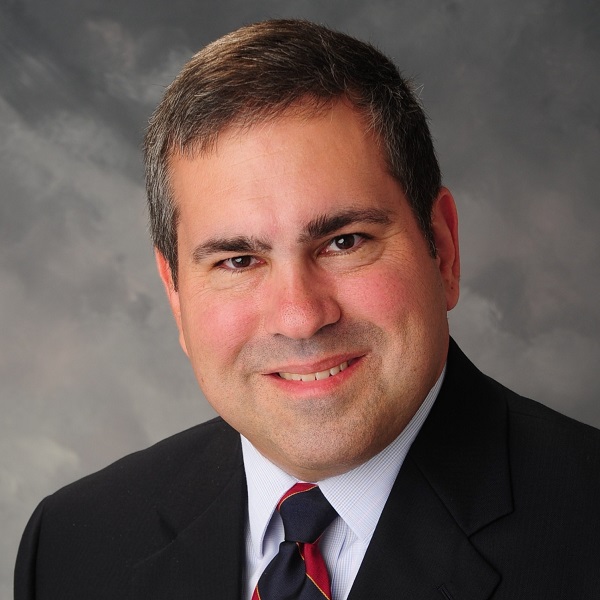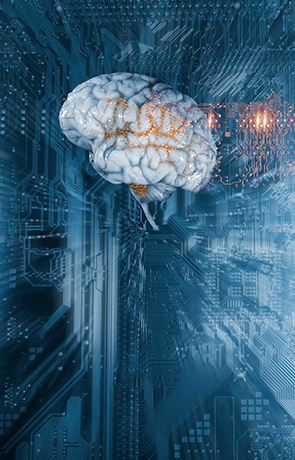

Evangelizing Digital Engineering and its Transformational Benefits
We're going on a world tour to unify engineers with reference standards and tools for systems modeling
I enjoy traveling and love visiting new countries and the opportunities to sample the locale, cuisine, culture, and language. Speaking of language, it is the key to making connections with those I meet in my travels. When I'm in the U.K., I remind myself that chips in fish and chips means fries and the local citizenry refers to potato chips as crisps.
The same goes for my work as an engineer. I need rigor, clarity, and precision. Ambiguity, or having information “lost in translation” because two stakeholders use the same word for a slightly different meaning, can lead to expensive rework and even deadly failures of mission-critical systems. Having information siloed and out of sync can be just as devastating to a customer program, since different team members are working from different descriptions of design intent.
As a digital engineer for SAIC and an officer of INCOSE (the International Council on Systems Engineering), I have the opportunity to share with an international audience the systems modeling and systems engineering possibilities inherent in digital engineering. Over the next few months, I will be speaking at several high-profile virtual conferences and events hosted by global engineering organizations and attended by engineers around the world. I hope that you will join me on this adventure.
The digital future needs a shared digital engineering language
Digital engineering (DE) practices are being established as organizations grapple with the challenges of delivering systems of growing complexity under ever-shortening timelines — all while meeting greater customer expectations and demands for capabilities. Digital engineering comprises modeling, simulation, analytics, visualization, and collaboration tools and ensures that organizations make the best, synchronized engineering choices.
At SAIC, my colleagues and I are striving to implement a unified, common systems engineering language through DE. This eliminates confusion and complexity for our customers, allowing them to remain focused on their missions. This goal is so important to me and my colleagues that we are investing a lot of time and energy to develop both a DE ontology and a set of automated validation rules, which we have shared for free on the internet.
SAIC is building a set of ontologies (common language and practices) for our systems engineering and DE processes and artifacts. We are working with partners in industry and in systems engineering to produce a reference ontology tied to standards so that vendors can develop their tools around it and other organizations can use it as the seed to build their ontologies, thus creating a common DE ecosystem.
SAIC’s free Digital Engineering Validation Tool contains rules and customizations that encode the best SysML modeling development practices and enforce style, quality, consistency, and completeness to realize DE’s promise of improving systems engineering performance. Since its release in 2019, the tool has become acknowledged as the largest publicly shared rule set, and we have continued to mature and expand it as a free service to the worldwide modeling community.
Our application ontologies and DE validation rules are built so that organizations from various domains can plug them in to better integrate their various pieces of DE data and provide a holistic picture of a system for their partners and stakeholders in other domains and disciplines. The twin efforts, when paired with our knowledge of customers' needs, practical experience, and demonstrated technology, allow us to assist and serve a growing number of organizations on their individual DE transformation journeys.
By openly sharing our best practices, we are helping to transform how practitioners conduct DE — and have shown stakeholders what is possible for organizations that are willing to fully embrace the potential of DE.
Sharing the digital engineering language
I will be traveling (virtually) to the countries listed below to help substantiate a common language for digital engineering. My talks will be focused on rigor, quality, and automatic validation and how DE transformation provides benefits to engineering — particularly systems engineering.
So, be on the lookout for me, as I will be speaking at:
- UNITED STATES
INCOSE Great Lakes Regional Conference on April 12 at 9:45 a.m. EDT
My speaking engagement is “Outcome: Rules-Based Training and Development for System Modelers.” Register at https://www.incose.org/glrc
- THE NETHERLANDS
MBSE Applied, co-sponsored by the Systems Engineering Research Center and ESI of the Netherlands, on April 16 at 9:30 a.m. EDT
My speaking engagement is “Firmitas, Utilitas, and Venustas: Applying the Vitruvian Triad to System Modeling.” Register at https://esi.nl/events/2021/model-based-systems-engineering-applied
- JAPAN
ACE 2021, hosted by Aras, on April 19:
My speaking engagements are “Systems Thinking – Key to a Successful Digital Transformation” at 10:45 a.m. EDT and “Weaving the Digital Thread into the Digital Web," with my SAIC colleague Amanda Koons-Stapf, at 11:45 a.m. EDT. Register at https://events.aras.com/ace2021
- SPAIN
Principles and Challenges of MBSE Conference, hosted by AIES-INCOSE, on May 6 at 11 a.m. EDT
I will discuss fundamental principles of model-based systems engineering (MBSE), how curation and stewardship of design intent serve as the foundation for building the digital thread, and how automated validation of models result in accelerated training and synchronization of system behavior, structure, and interfaces.
- UNITED STATES
Introduction to MBSE: Systems Modeling Expressing Design Intent With Rigor, hosted by Phoenix Integration, on June 10 at 1 p.m. EDT
I will provide an overview of what systems modeling is, how it can rigorously express design intent, and how appreciation for its capabilities can facilitate digital engineering throughout the enterprise. I will include an overview of fundamental concepts, present detailed examples, discuss the role of automated validation in driving model quality, and share best practices for identifying and training system modelers.
RELATED READING: Learn more about SAIC's ontology development for space:
The Celestial Music of Ontology-Based Knowledge Models
and for JADC2:
JADC2: Connected Battlespace Will Need Strong Modeling for Data Alignment




